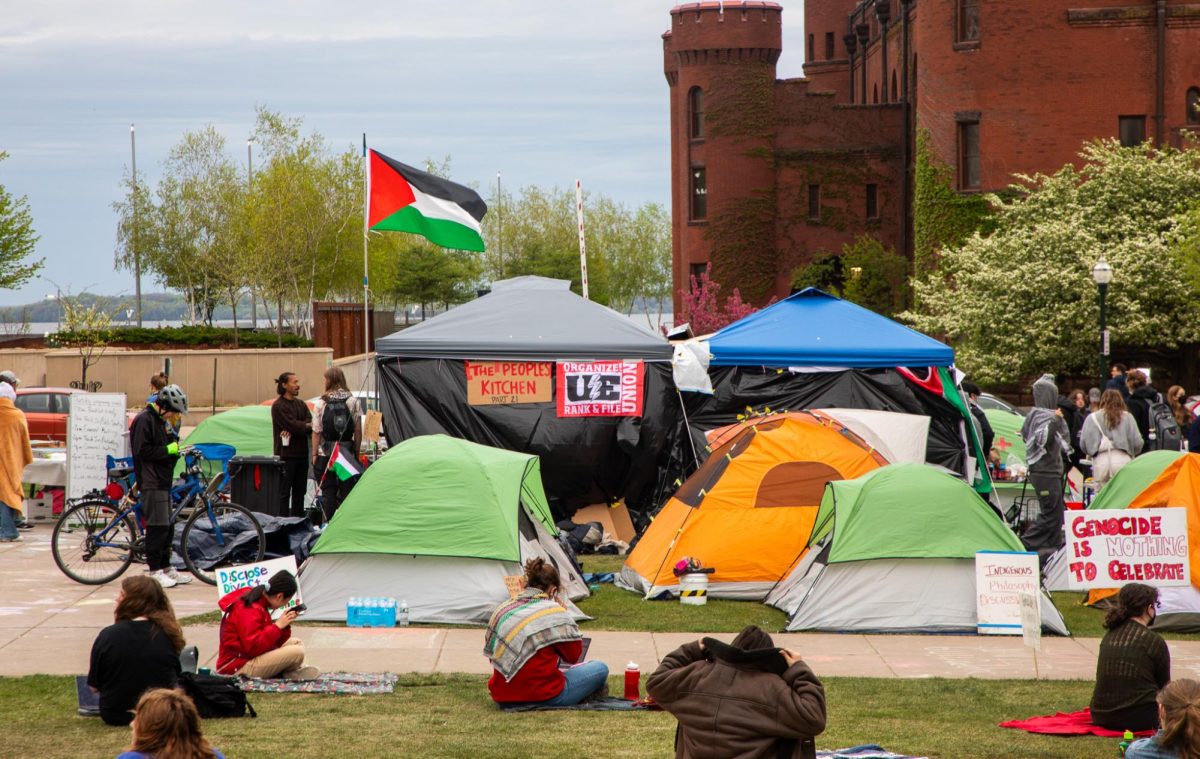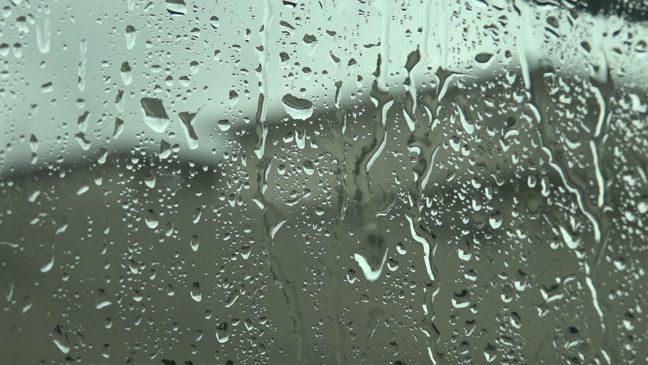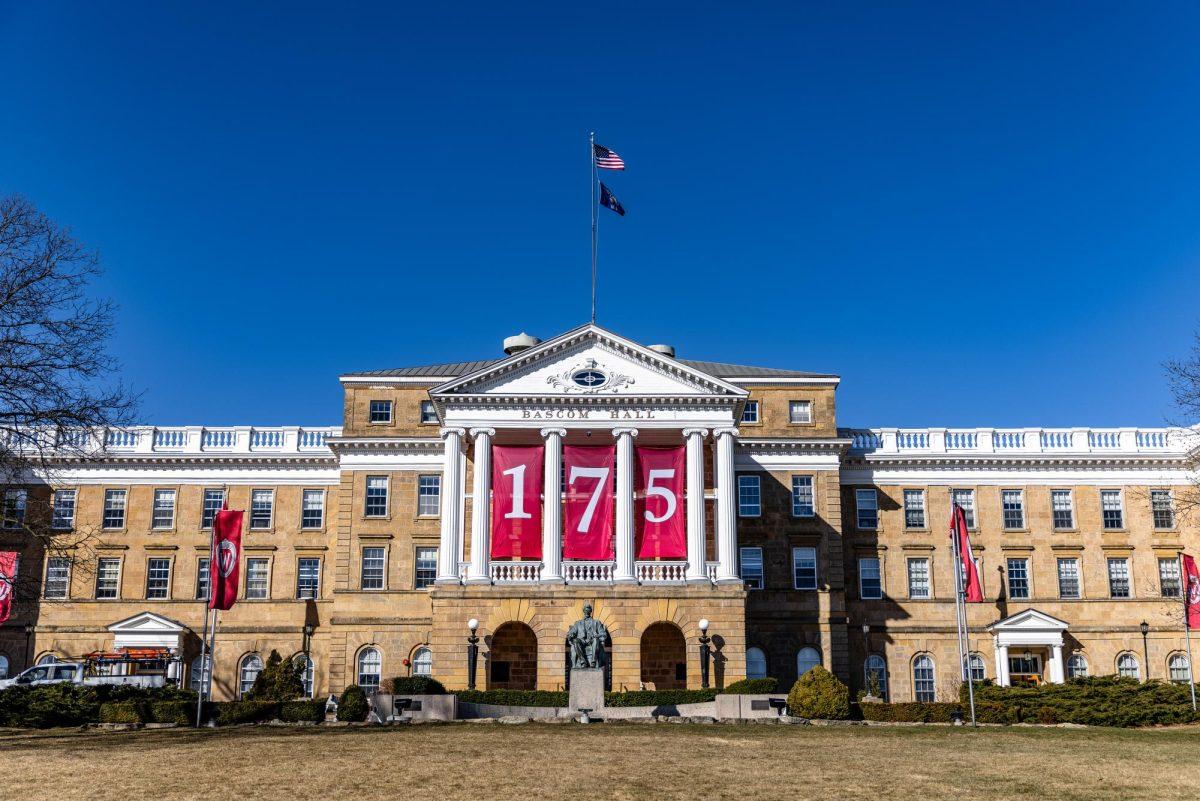With winter knocking at the door, homeless shelters around Madison are quickly filling up, and the city is once again faced with the difficulty of providing adequate shelter space for those who need it.
Because of this, the Madison Warming Center, a coalition of students, public figures and members from the homeless population, is spurring a warming-shelter campaign.
“Our goal is to have a warming shelter built that’s going to be an upgrade system for the homeless shelters here in Madison,” Richard Ricundou, the center’s spokeperson, said.
The campaign’s “emergency shelter” would operate 24 hours a day when the temperature falls below 37 degrees. They also want to use computers and technical resources to aid in job searches as well as facility outreach work with alcohol and drug treatment.
The center would house all people refused or lacking shelter.
Ricundou said the city has not offset the growth of the homeless population, nor have they invested any money into a warming-center project. He thinks “something tragic” has to happen before people are motivated to join a movement campaign for change.
There are approximately 2,000 homeless people in Madison with 700 homeless children, according to Ricundou. He added there are only 800 available shelter beds in Madison.
Ald. Austin King, District 8, said it will be difficult for the city to fully fund a warming shelter. The tight city, county and state budgets have put stress on funding large projects.
King said there needs to be a community-wide discussion regarding homelessness in the city. He suggested there are “very obvious gaps” that can be filled to help care for the city’s homeless.
King said providing easier acquirement of prescription drugs as well as expanding programs through private and public donations can be “a more cohesive approach to the issue.”
He noted the warming center’s campaign is correct in saying there is a lack of shelter beds in the community.
There is a current 7 percent vacancy rate in housing in the downtown area, which King called “enormous” when compared to a 1 percent vacancy only a few years ago.
“With this many vacancies, people ought to not be living on the street,” King said.
UW sophomore Jake Clemen is involved with the Madison Warming Center as a publicity person for the Chadbourne Residential College.
Clemen said his short-term goal with the campaign is to get other students involved in the efforts.
“We have somewhere around 400 members and we’re hoping to increase it to 800, but it’s going to take a lot of involvement,” he said.
Clemen said he does not think a warming shelter will be founded by the time the winter is over, but he said the campaign is going to work as hard as possible to get a year-round shelter financed in part by the city.
“We’re trying to get enough support and put up a warming shelter. There has been brief talk about building possibilities,” Clemen said. “[B]ut we don’t have the money to do this; we have to convince the city to do something.”
Clemen said he is hoping to get 1,000 signatures on a petition pushing for a warming center.
The YWCA has a shelter system for families called the 3rd Street. They offer 12 apartments for a total lifetime use of 90 days, according to Nancy Wrenn Bauch, 3rd Street coordinator.
The Dane County Salvation Army has three shelters, which include a family shelter with 60 beds, a single women’s shelter with 30 beds and another family shelter open from Dec. 1 to March 31 providing 16 mats in areas of the building.
Major Paul Moore, Dane County coordinator for Salvation Army, said the largest demand to live in the shelters is in the end of August when students come back to the city.
“There can be as many as 80 families in a day [looking for housing] during the end of August,” Moore said. “Winter is generally pretty steady … but we turn people away every day.”
Wrenn Bauch agreed the housing situation becomes complex when students come back into town because the competition for subleasing and renting increases.
“Sometimes families allow other families to double up, because how are you going to let someone sleep on the streets with a baby?” Wrenn Bauch said. “Most of community has no sense of how hard it is for a lot of families. The homeless shelters are full each and every night.”
She added the city will begin to see repercussions as time goes on.
Moore said Madison has traditionally left homelessness actions in the “realm of the county and not of the city.” He added the resources are tightening as the city continues to grow.












